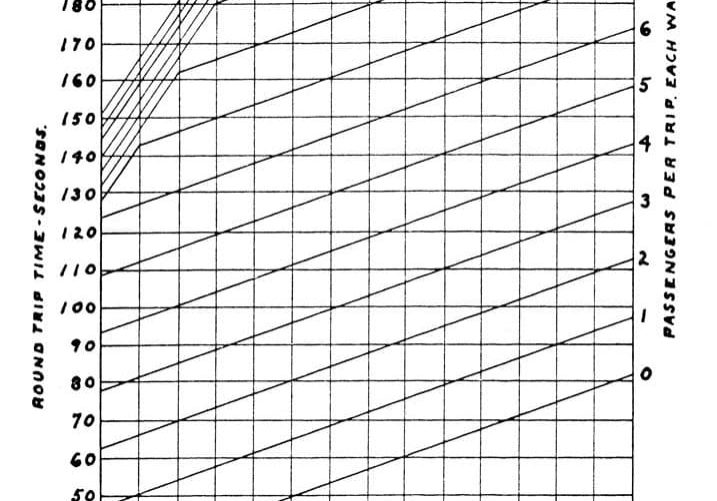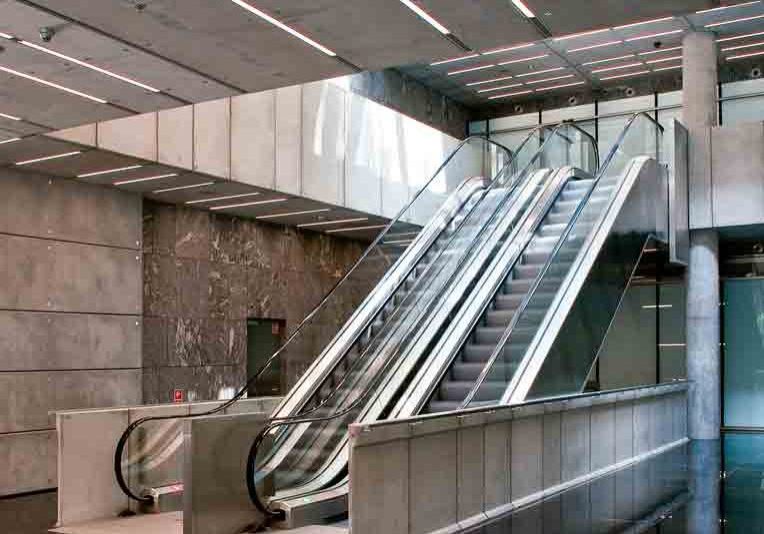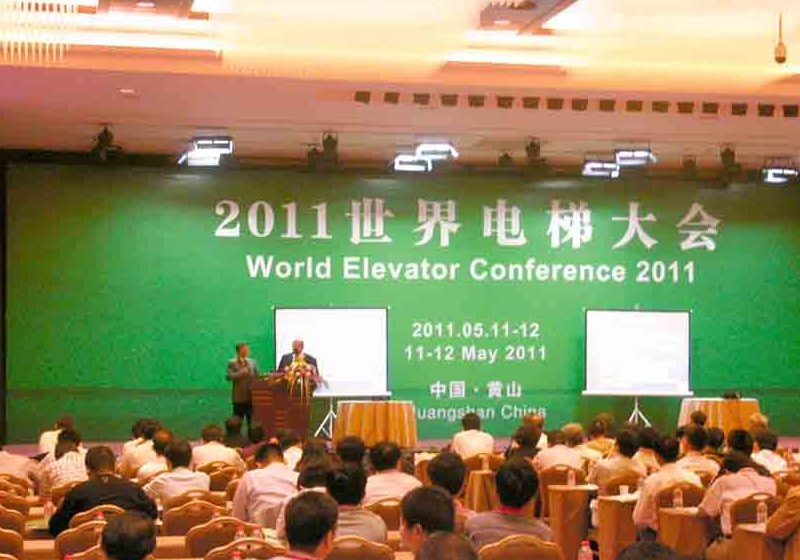Lift Passenger Demand in Office Buildings
Sep 1, 2011
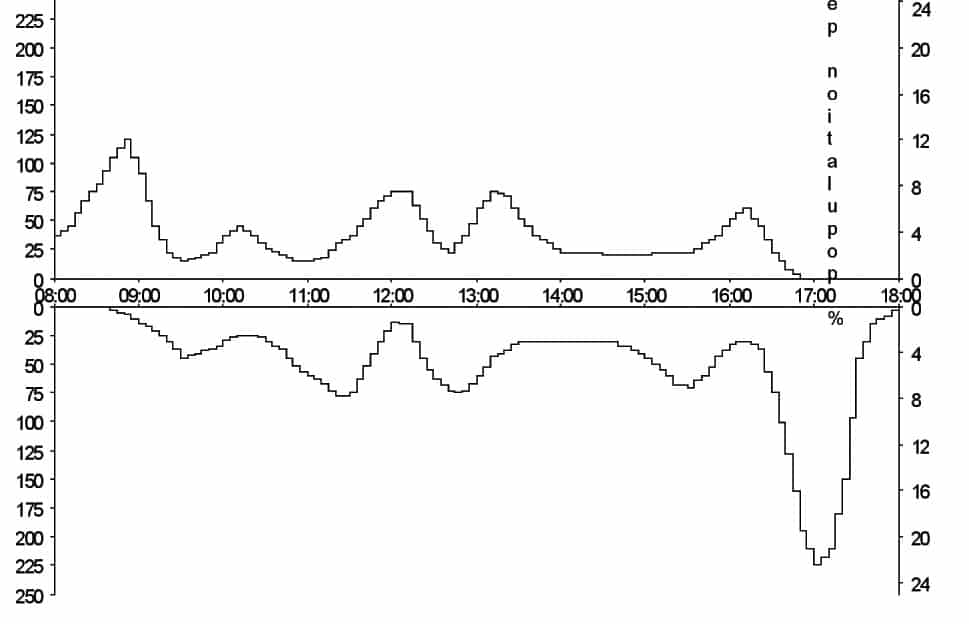
The differences between traditional and modern patterns of passenger demand in buildings are compared and discussed.
by Dr. Richard Peters, Rory Smith and Elizabeth Evans
Abstract
The number of passengers wanting to use lifts to travel to and from the lobby and between floors in a building has a significant effect on the quality of lift service experienced by each passenger. The traditional assumptions of lift passenger demand in office buildings are com-pared to measurements taken in modern buildings. The differences between traditional and modern patterns of passenger demand in office buildings are also discussed. The significance of these differences on lift-system design is explored. Introduction
The quantity of passengers to be transported by a lift system is a primary consideration in lift-system de-sign. Our research indicates that passenger demand in modern office buildings is significantly different than the assumptions formed many decades ago but still applies to most modern designs. The number and type of lifts required to provide proper and efficient lift service may need to be revised based on these findings. These changes in lift-system design have favorable economic and environmental consequences. Historical Representations of Passenger Demand
A plot of passenger demand depicts the level of passenger traffic in a group of lifts over a period of time. Figure 1 shows estimated passenger demand for a working day of an office building with a population of 1,000 people. This has been generated by applying the example of office passenger demand presented by George Strakosch in The Vertical Transportation Handbook.[1] In this representation of passenger demand, passengers traveling up the building are shown in the top section of the graph, with passengers traveling down in the lower section.
Figure 2 plots passenger demand based on a similar pattern of office demand developed by Dr. Gina Barney and presented in CIBSE Guide D[2] Lift Traffic Analysis Design and Control[3] and The Elevator Traffic Hand-book.[4] The patterns of passenger demand presented by Strakosch and Barney are very similar. They have a pronounced up-peak in the morning, a pronounced down-peak in the evening, two small lunchtime up-peaks and two small lunchtime down-peaks. Additionally, periods of balanced two-way traffic can be seen.
The basis of these presentations is believed to be data acquired at a single building in the U.S. in the early 1960s. Many, including the authors of this paper, believe this building and its pattern of traffic demand to be typical of major city office buildings during this period. It was generally believed that the most demanding traffic type was the morning up-peak. This belief was reinforced by research conducted by Barney that showed that lifts have between 20-60% more capacity during non up-peak conditions.[4]
It has been assumed by many in the lift industry that most office buildings had a pattern of passenger demand similar to those in Figures 1 and 2. Many papers have been written about how lift dispatchers should handle the different types of traffic apparent during the working day: up-peak, down-peak, lunch and balanced two way.[5] Additional papers have been written about methods to either predict or detect the type of traffic that existed so that the appropriate dispatching algorithm could be applied.[6] Anyone who has visited major cities over the last 40 years can likely attest to the fact that many things have changed. One may reasonably question how applicable a passenger demand pattern that existed more than 40 years ago is to a present-day building.
Modern Buildings
How people use lifts and the traffic patterns that their use generates has changed since 1923, when Basset Jones published formulae for the expected number of stops a car will make during a round trip.[4] Summarizing the results of a series of peak-time traffic surveys carried out between 1993 and 1997, Peters Research Ltd. concluded that morning traffic peaks are less marked in buildings than they were when traditional up-peak design criteria were formulated. In work-related buildings occupied during the day, the busiest period appears to be over the lunch period.[7] In 2002, Bruce Powell, discussing modern office buildings, states, “Two-way traffic at noontime is often a more severe test of elevators than up-peak.”[8]
In 2000, M. Siikonen presented a traffic pattern that represents traffic measured in a modern installation.[9] Siikonen presented data as a stacked area graph, but for consistency with Figures 1 and 2, the same data is presented in Figure 3 showing incoming and outgoing traffic separately. This pattern is quite different from that presented by Barney and Strakosch. Siikonen shows a lunch up-peak that is the same size as the morning up-peak. Additionally, the down-peak at lunch is more intense than the evening down-peak. Both the Barney and Strakosch lunch periods show a down-peak followed by an up-peak, which is followed by smaller down- and up-peaks. These double peaks do not occur in the Siikonen pattern. These observations raise the question, “Are the differences in the patterns due to the unique nature of the building studied by Siikonen, or have traffic patterns changed over the years?”
The traffic pattern presented by Siikonen could be building specific, or it could represent a basic change in traffic patterns. In order to better understand modern lift traffic, data was collected at a number of office buildings in different parts of the world including Europe, North America and the U.A.E. In most cases, data was collected by manual count. However, in one building, data from three groups of lifts in a corporate headquarters building was gathered electronically.
Manual Counts
Figure 4 shows the results of lift traffic surveys for seven separate groups of lifts.[10] The surveys were undertaken applying a methodology defined by Peters Re-search.[11] The passenger demand is normalized against observed population to allow results to be compared be-tween buildings. The observed population is the maxi-mum occupancy of the building on the day of the survey and is often significantly lower than that reported by building management.
Automatic Counts
It is difficult to automatically count the number of passengers using lifts with conventional control systems with up and down call buttons on the landings,[2] as they only count calls, and there is often more than one person behind a call. With a destination-control system (DCS), each passenger registers which floor he or she wants to travel to on the landing. A DCS based on the estimated time of delivery algorithm[12] was used to log the operation of the lifts, including every destination call. The logged data was replayed in Peters Research’s ELEVATE® simulation program mapping destination calls to people, resulting in an estimate of passenger demand.[13]
Figures 5-7 record the estimated passenger demand for the three groups of passenger lifts in a corporate headquarters building in the U.S.
Plotting data for a whole week demonstrates a high level of consistency in passenger demand. Each group has a recognizable passenger-demand pattern or “signature.” Up-Peak Traffic
In modern buildings, there is often a significant amount of outgoing traffic during the morning incoming up peak. A major contributor to this is people traveling to the main lobby or to a staff restaurant. A common practice is for a person to arrive for the first time at his or her desk after taking the lift up, as they want to be seen as having arrived by their superiors and coworkers. They then take the lift back down, make their purchases and return to their workstation by taking the lift up. This process involves two incoming trips and one outgoing trip.
The trend to ban smoking in public and work places has also been noted by building managers to increase the outgoing demand during the morning incoming up-peak period. On average, the mix of traffic in modern buildings during the morning up-peak was found to be approximately 85% incoming, 10% outgoing and 5% interfloor. Lunch Traffic
Siikonen explains part of the differences from Barney and Strakosch’s classical representations by stating, “Flexible working hours creates a heavy down-peak before lunch hour.”[9] The “lunch hour” is actually nearer two hours. It is not unusual for the incoming traffic and outgoing traffic at lunchtime to be of the same order of magnitude as the incoming traffic in the morning up- peak, and the outgoing traffic during the evening down- peak. Eating habits have changed over the years. It is now less common to bring a packed lunch to eat at your desk. All the major office buildings we surveyed were in close walking distance of a range of eat-in and take-out restaurants. Many also had dedicated staff restaurants.
In 1970, U.S. citizens spent US$6 billion on fast food.[14] By 2006, that figure had increased to US$163.5 billion.[15] Even adjusting for inflation, it is obvious that Americans were eating out more often. The story in the U.K. is similar. The BBC announced that U.K. households were spending more money on eating out than on buying food to eat at home.[16] On average, the mix of traffic in modern buildings during the busiest part of lunch was found to be 45% incoming, 45% outgoing and 10%interfloor.
Afternoon and Down-Peak Traffic
None of the groups surveyed have the sharp down-peak seen in the Barney and Strakosch pattern. A sharp down-peak would be expected in buildings with people who have strict working times. This is unusual in modern office buildings with professional workers. A significant portion of office workers are working later than in previous years. There is often sustained activity in the late afternoon. The afternoon up traffic may be related to people returning to the office after visiting clients. Some traffic may also be attributed to couriers such as FedEx, DHL and UPS. DHL began shipping documents from San Francisco to Honolulu in 1969,[17] while FedEx started operations in 1973.[18] The traffic generated by these couriers did not exist when the Strakosch and Barney patterns were developed.
A Changing Workforce
The use of computers has changed the makeup of the workforce. Previously, office workers included many people dedicated to clerical tasks. For example, typing pools were common, but in a modern building, there are virtually no typewriters. People generate their own correspondence using e-mail and word processing programs. Clerical workers have been replaced by knowledge workers and by workers who have more customer interface. Clerical workers were more likely to have fixed working hours, which contributed to higher morning and evening traffic peaks.
In recent years, increased globalization has led to a change in working patterns. Business is now conducted across international time zones, and working hours have become more flexible to encompass this. The traditional 9:00 a.m. to 5:00 p.m. working day has given way to a 24-hour working environment, and as a result, demand for lift services has also changed.
New Design Criteria
The highest demand is seen in buildings with small populations. This is because fewer people represent a higher percentage of the building population. These peaks are not sustained, and are thus manageable with-out specific design. Figure 11 shows the range of total passenger demand measured in a major office with an observed population in excess of 1,000 people. Total demand includes incoming, outgoing and interfloor traffic.
In most modern office buildings, there is a greater demand at lunchtime than in the morning. However, both morning and lunch periods need to be considered as part of the design process. In the morning, the lifts are most crowded, as people are mostly traveling in one direction and are in the car together. At lunchtime, incoming and outgoing traffic are not in the car together, which makes the cars less crowded (provided that the building is not under-lifted). However, at lunchtime, the cars stop more often, leading to longer waiting times.
Conclusions
- The pattern of passenger demand measured in our surveys closely resembles the traffic results presented by Siikonen.
- Traffic in modern office buildings is markedly different from that of the past.
- While peak traffic periods still exist today, the amplitude of those peaks is not as great, and the duration is longer. Total passenger demand is normally (but not always) greater at lunchtime than during the morning up-peak. Major down-peaks are rarely seen.
- Lift-control systems should be designed to detect and manage the new patterns of passenger demand in modern buildings.
- Selection of new lift systems should be based on modern data as opposed to historical measurements of passenger demand. In many instances, this will result in smaller and more energy-efficient lifts being specified.
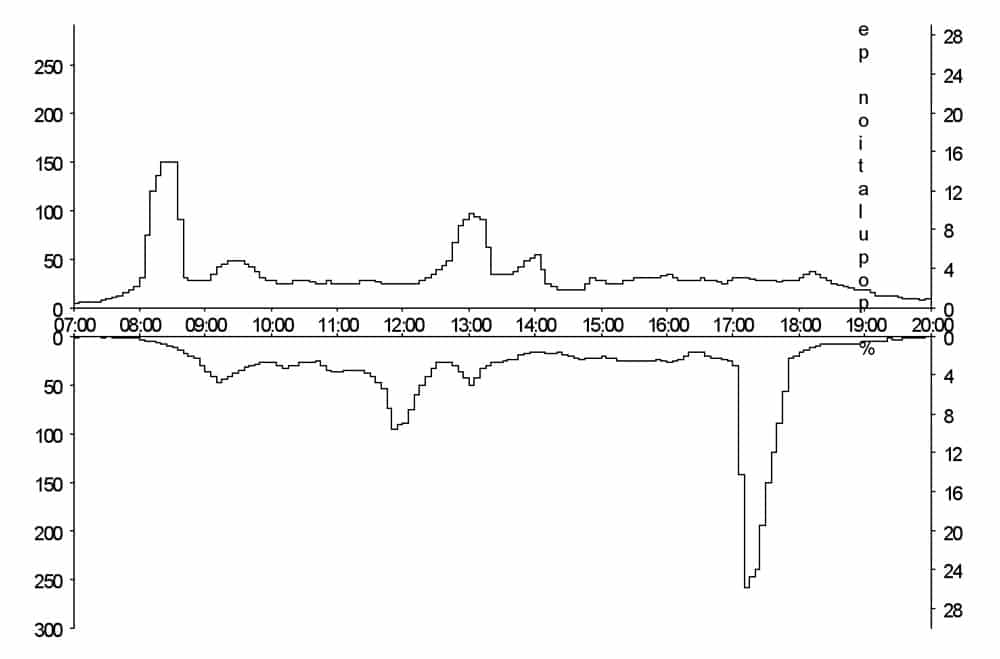
Figure 2: Passenger demand based on Dr. Gina Barney’s presentation 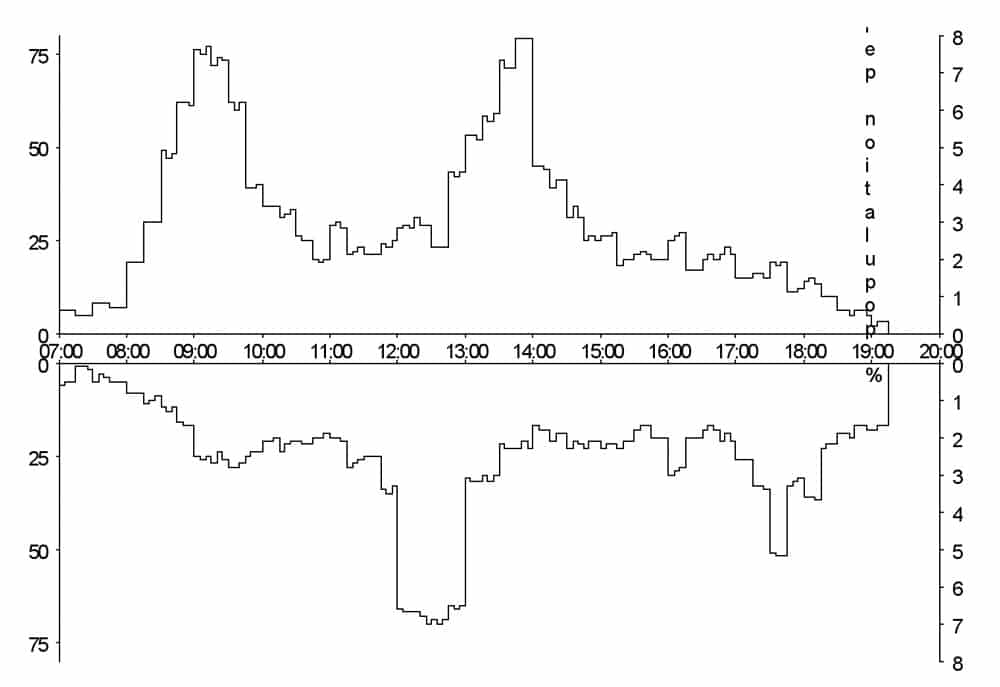
Figure 3: Passenger demand based on Siikonen’s presentation 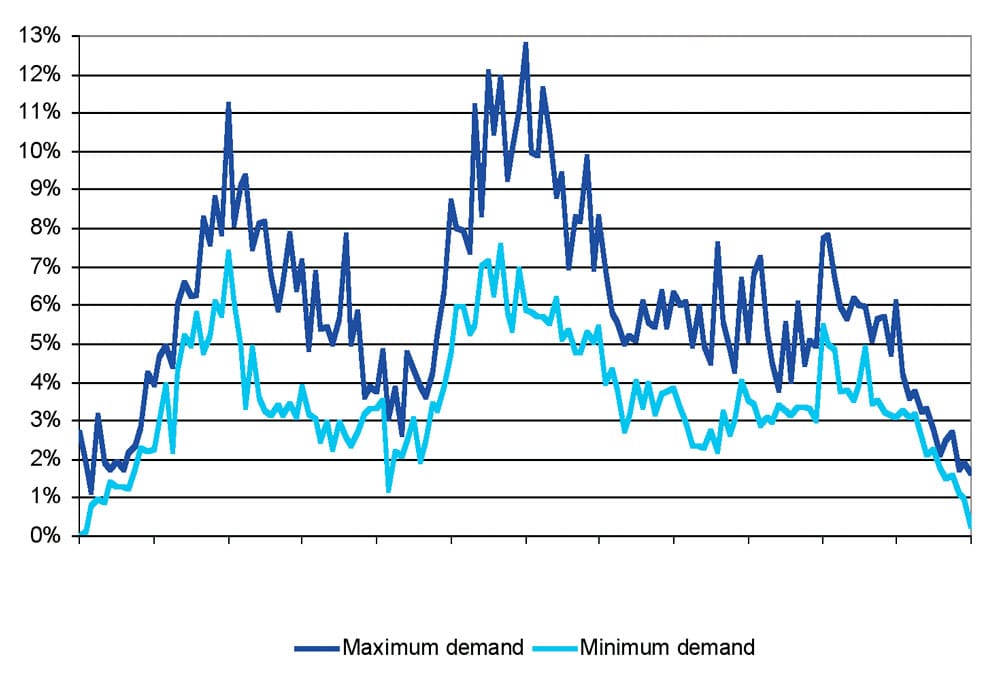
Figure 4: Passenger demand based on manual traffic surveys 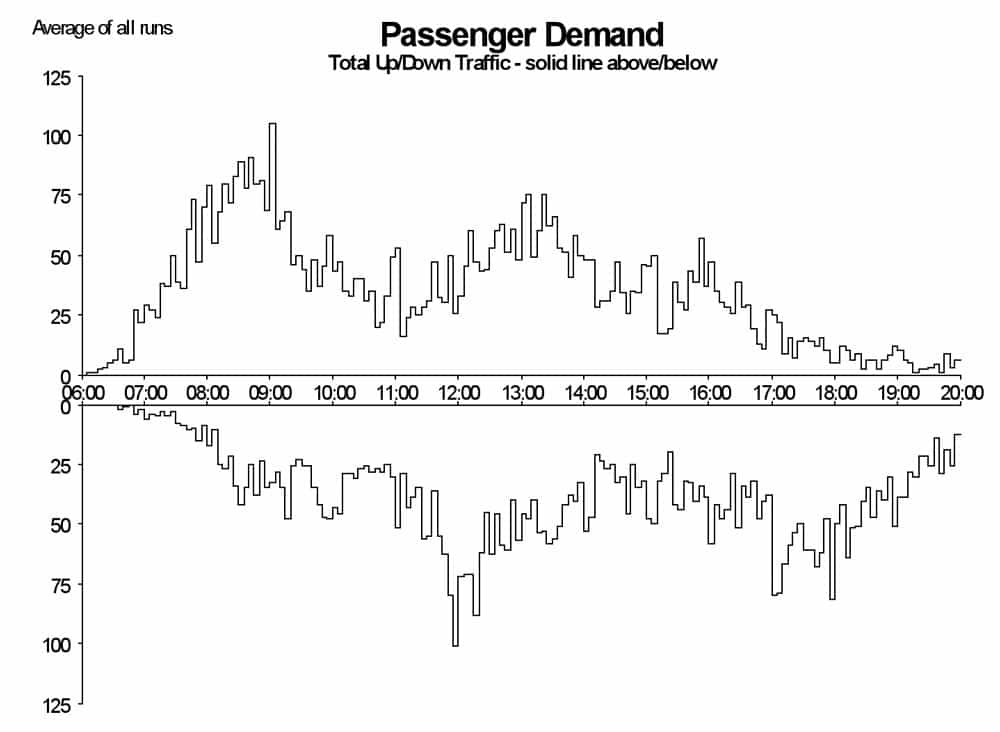
Figure 5: Low rise passenger demand 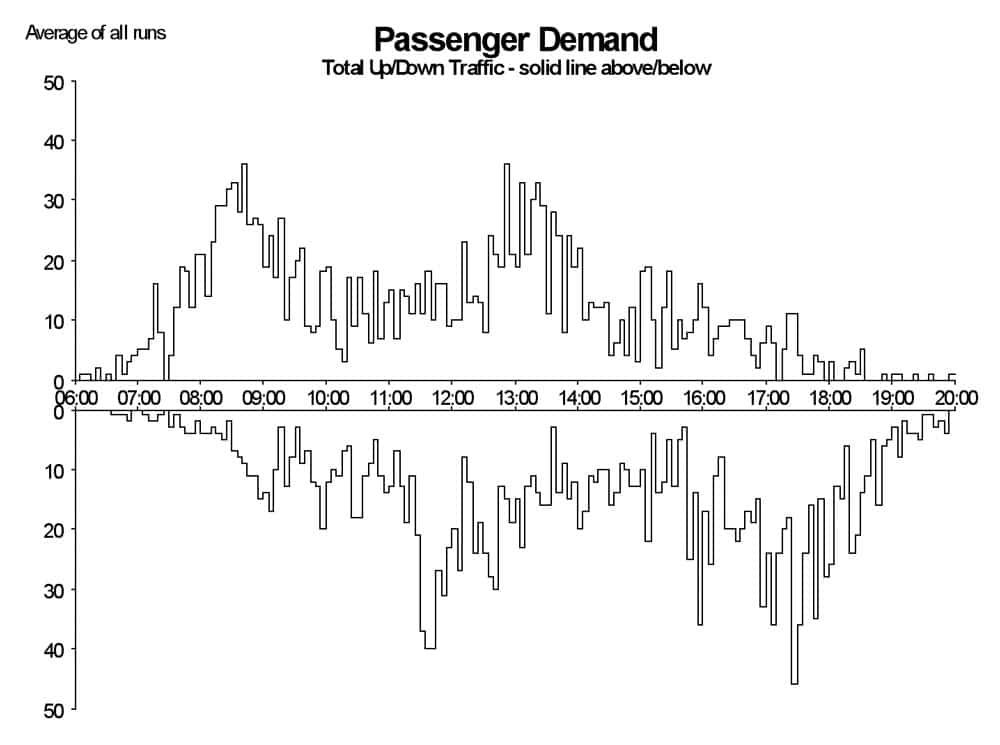
Figure 6: Mid rise passenger demand 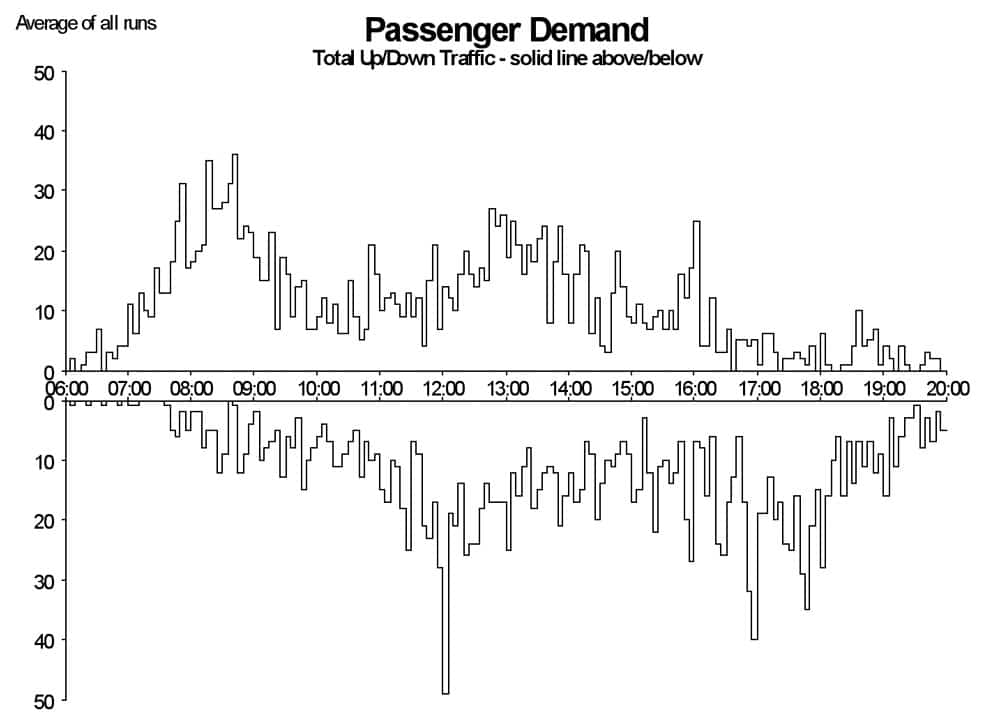
Figure 7: High rise passenger demand 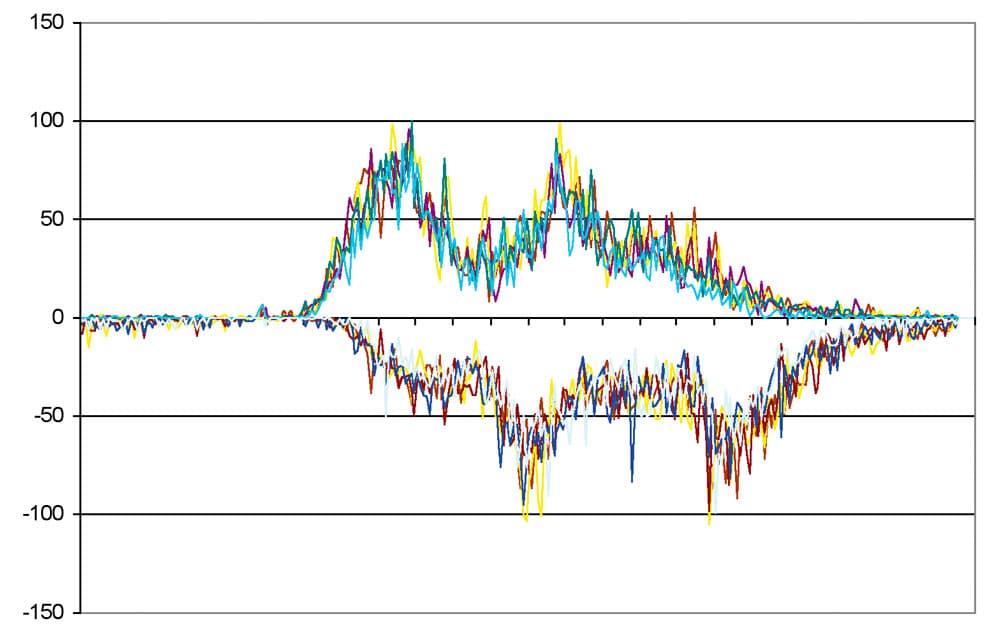
Figure 8: Low rise passenger demand signature 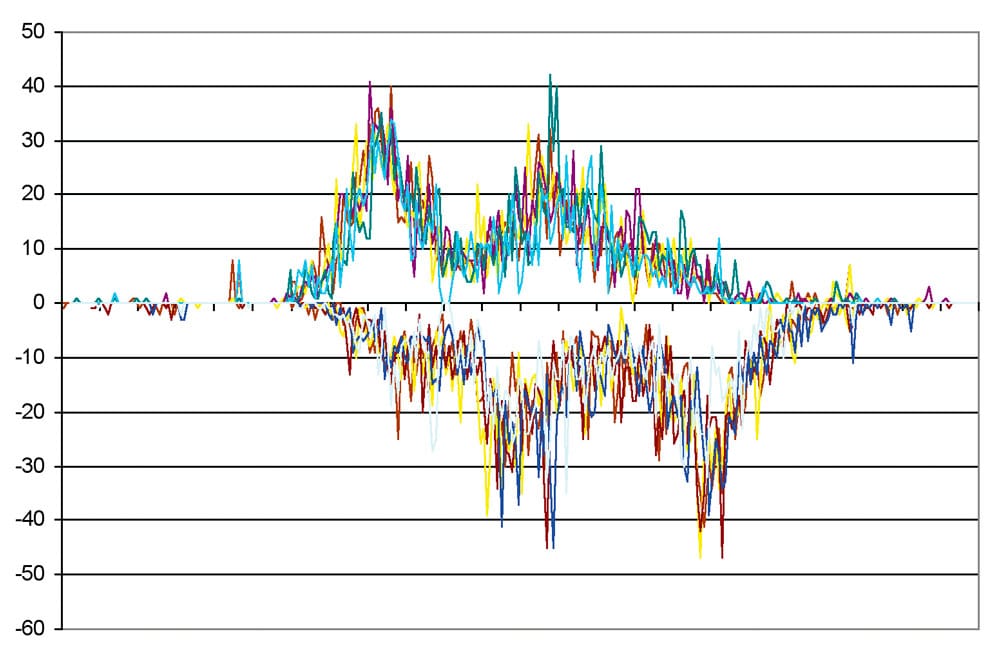
Figure 9: Mid rise passenger demand signature 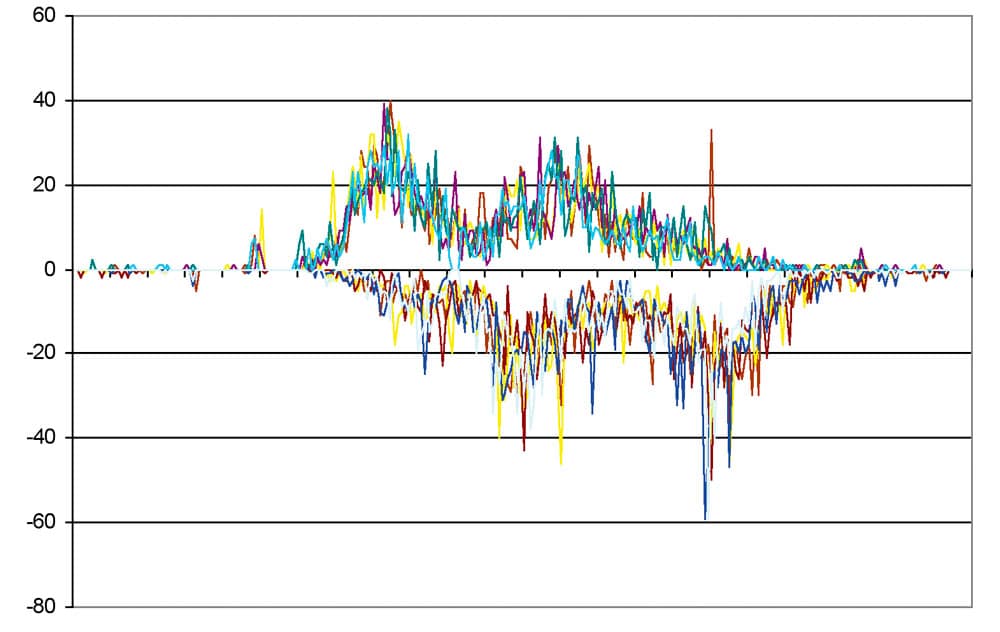
Figure 10: High rise passenger demand signature 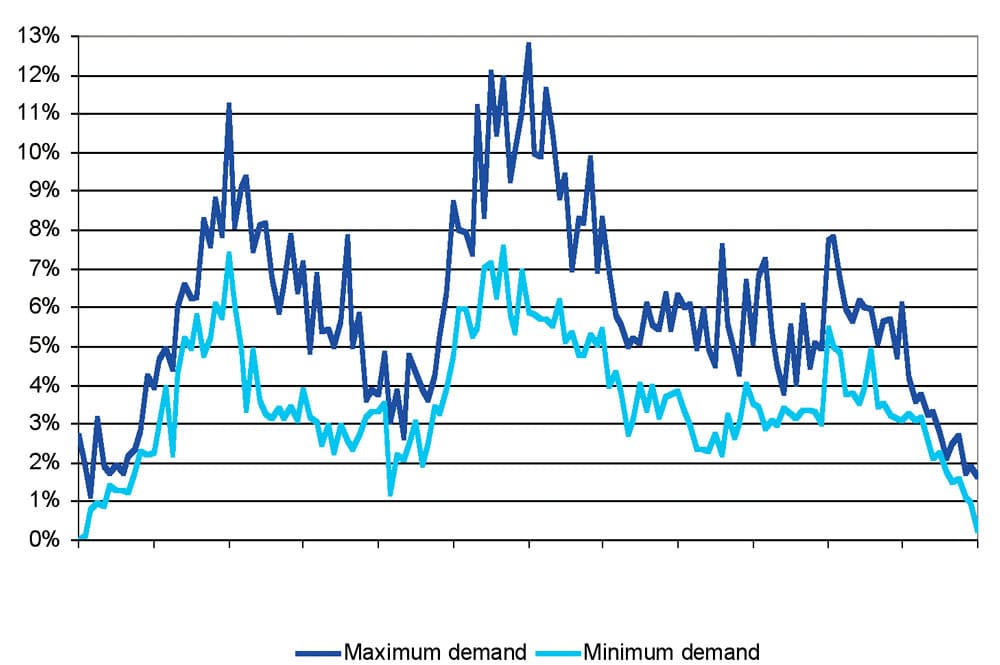
Figure 11: Passenger demand range for major office buildings
References
[1] Strakosch, G. The Vertical Transportation Handbook. 3rd ed., Elevators and Escalators. New York: Wiley; 1998.
[2] CIBSE, The Chartered Institution of Building Services Engineers. CIBSE Guide D: Transportation Systems in Buildings, Norwich: CIBSE; 2005.
[3] Barney, G. & Dos Santos, S. Lift Traffic Analysis Design and Control. London: Pereginus; 1977.
[4] Barney, G. Elevator Traffic Handbook. London: Spon Press; 2003.
[5] Bahajt Z & Bittar J, Inventor; Otis. Automated selection of high traffic intensity algorithms for up-peak period. U.S. patent number 5,168,133. December 1, 1993.
[6] Qun, Z.; Ming S.; and Ling, T. “Elevator Traffic-Flow Prediction Based on Gaussian Mixture Model.” ELEVATOR WORLD, 2006.
[7] Peters, R.D. Vertical Transportation Planning in Buildings. British Library reference DX199632 (1998)
[8] Powell, B. “Elevator Planning and Analysis on the Web.” Elevator WORLD, 2002.
[9] Siikonen, M. Elevator Technology 10, IAEE, Israel, 2000
[10] Peters Research Ltd., private client reports.
[11] Peters, R. & Evans, E. “Measuring and Simulating Elevator Passen-gers in Existing Buildings.” Elevator Technology 17: Proceedings of ELEVCON 2008 (The International Association of Elevator Engineers).
[12] Smith, R. and Peters, R. ETD Algorithm with Destination Dispatch and Booster Options. ELEVATOR WORLD, 2002.
[13] Peters, R. & Smith, R. “Analysis of Elevator Performance and Passen-ger Demand with Destination Control.” Elevator Technology 17, IAEE, Israel, 2008.
[14] Wikipedia. Fast Food. [Cited July 21, 2007].
[15] How Stuff Works. The History of Fast Food. [Cited July 21, 2007].
[16] BBC. Eating Out Overtakes Home Dinning. [Cited July 21, 2007]
[17] DHL company Portrait [Cited December 6, 2008]
[18] FedEx History. [Cited December 6, 2008]
Get more of Elevator World. Sign up for our free e-newsletter.


